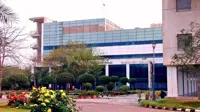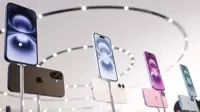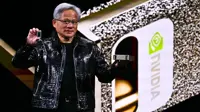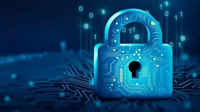Retailers to spend $2.5 bn on Internet of Things: study
08 Sep 2015
Retailers looking to leverage the emerging Internet of Things technologies are expected to spend an estimated $2.5 billion in hardware and installation costs, as against this year's estimated $670 million spending.
The hardware spending would include Bluetooth Beacons and RFID (radio frequency ID) tags.
Bluetooth beacons allowed visibility over footfall as also the ability to push relevant information to consumers' smartphones.
Also RFID aided real-time asset tracking, cut labour costs and even dynamic pricing according to stock levels and online pricing.
According to Juniper Research, retailers using the IoT to generate an 'ecosystem' were well positioned to gain market advantage and truly capitalise on the opportunity.
Linking the hardware elements of RFID tags, beacons and connected consumer electronics, such as wearables, with software analytics promised in-depth business insight as also an enhanced customer experience.
''Retailers such as Zara and Target are already taking advantage of the benefits offered by RFID asset tracking,'' noted author Steffen Sorrell. ''Meanwhile the beacon industry is expanding rapidly; used as a method to provide consumers with contextually relevant information in conjunction with their smartphone or wearable will enormously enhance the in-store experience.''
The IoT referred to a network of physical objects embedded with electronics, software and sensors and featured IP address system that allowed the internet connectivity, as also the communication that happened between these so call ''objects'' and other internet-enabled devices and systems based on the infrastructure of the International Telecommunication Union's Global. With the connectivity, devices were able to produce and analyse data.
According to Adaptive Computing the best definition, of IoT hardware among the thousands in existence, could be reduced to three characteristics, namely: Devices must connect, devices must communicate and devices must compute.
So, ''If a device or devices can connect, communicate and compute, they are full-fledged citizens of the IoT'', according to an explanation from the site.
IBM is expanding its Internet of Things (IoT) platform - called IBM IoT Foundation - through an integration with microprocessor technology firm ARM, providing "out of the box connectivity with ARM mbed-enabled devices to analytics services. (See: ARM to accelerate delivery of Internet of Things).



.webp)





























